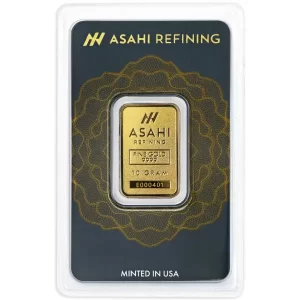Copper is a ductile, malleable, reddish-gold metal that effectively conducts heat and electricity. One of the most frequently used metals today, copper was the first metal that humans worked with.
Supply, demand, market stress, and existing inventories are some of the variables influencing copper prices. Given these factors and the fact that many of them work apart from one another, many predict that the volatility copper frequently encounters will last for a long time. Over time, these factors cause copper prices to fluctuate widely, although there are additional factors that have a smaller overall impact on each of these regions.
Demand Side effect – Copper prices
Demand is one of the main variables influencing copper prices. Many different applications, including new building and remodelling, employ copper as a material. The demand for new construction and additional copper increases while economies are expanding. For instance, about half of all copper consumption is used for construction, followed by engineering at almost 25% and electrical uses at about 17%. Another significant issue is the expansion of Asian economies, which use 50% of the world’s copper.
Supply Side effect:
The supply has an impact on prices as well. While the supply may rise or fall over time, the tendency generally points to a decline in the quantity of copper being mined. America, Europe, and Asia generate the majority of the world’s copper, accounting for more than 90% of global production. Copper becomes a rarer commodity since it is produced less frequently, which causes copper prices to rise. More copper can be mined, found in new places, or replaced with other materials that are more cost-competitive to offset this effect.
Rise in the number of hedge funds:
Prices are also impacted by the rise in the number of hedge funds with a focus on commodities, even if only partially. These funds’ managers examine data in an effort to ascertain supply and demand ratios. Although there is a clear association between the two in the actual world, such funds can make copper prices more volatile, especially in the near term. Prices used to fluctuate more steadily in the past, but the current market has more high and low surges.
Conclusion:
Stockpiles might be used more frequently to assist ease some of the pressures on copper’s pricing. In 2010, prices rose as a result of copper stocks having dropped to their lowest levels in six years. Copper prices will probably stay high as long as demand continues to surpass production. However, using copper reserves already on hand is simply a temporary fix for pricing concerns.
 Hi,
Hi,





















